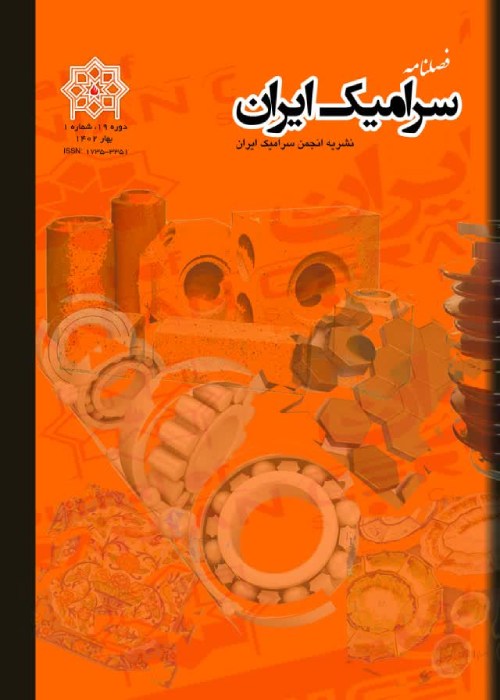Whitlockite Nanopowders : Synthesis, Process optimization and Effect of Synthetic parameters on chemical and Physical Properties
Hard tissues in the body consist of intricate three-dimensional composites, wherein approximately 30% constitutes collagen fibers, 60% mineral reinforcing particles, and 10% water. The mineral copounds of Natural bone tissues, such as calcium phosphate materials play a fundamental role in enhancing strength,hardness, and pressure resilience. The use of calcium phosphate bioceramics as bone grafts, such as Whitlockite(Ca18Mg2(HPO4)2(PO4)12), offers a promising method for treating bone defects due to its close chemical, biological, and crystalline resemblance to natural hard tissue. Also, Its biocompatibility, functionality, stability under acidic pH, negative surface charge, osteo inductivity and osteo conductivity, and maintaining Mg ions in their crystal structure make it an ideal bone substitute as compared to the other Ca-P bio ceramics.
This study aims to synthesize Whitlockite nanopowders using the chemical precipitation method with the precursers Mg(OH)2, Ca(OH)2, and H3PO4, and investigate the effects of pH, temperature, and Ca/Mg and Ca/P ions ratios on the synthesized Whitlockite. Additionally, the impact of varying temperature and pH on the reactions during Whitlockite synthesis is explored. To characterize the synthesized powders, XRD, FTIR, SEM, and EDS analyses were employed. The results revealed that optimizing pH to 5 and temperature to 80°C yielded Whitlockite with a crystal grain size of 61 nm. Increasing the ratio of (Mg2+ / Ca2+) ions concentrations in the reaction solution resulted in the formation of the Whitlockite phase and the magnesium phosphate phase (MgHPO4), while decreasing that ratio produced the monetite phase (CaHPO4) or dicalcium phosphate dihydrate (CaHPO4.2(H2O)). Furthermore, at 70°C, the formation of hydroxyapatite initially occurred, however the reaction favored the transformation into the more stable Whitlockite phase as pH values became acidic. In conclusion, this research highlights the significance of chemical precipitation for Whitlockite synthesis, providing valuable insights into the influence of pH, temperature, and ion ratios on the resulting crystalline phases. The findings contribute to a deeper understanding of the potential applications of Whitlockite as a bioceramic material for bone defects treatment.
- حق عضویت دریافتی صرف حمایت از نشریات عضو و نگهداری، تکمیل و توسعه مگیران میشود.
- پرداخت حق اشتراک و دانلود مقالات اجازه بازنشر آن در سایر رسانههای چاپی و دیجیتال را به کاربر نمیدهد.



